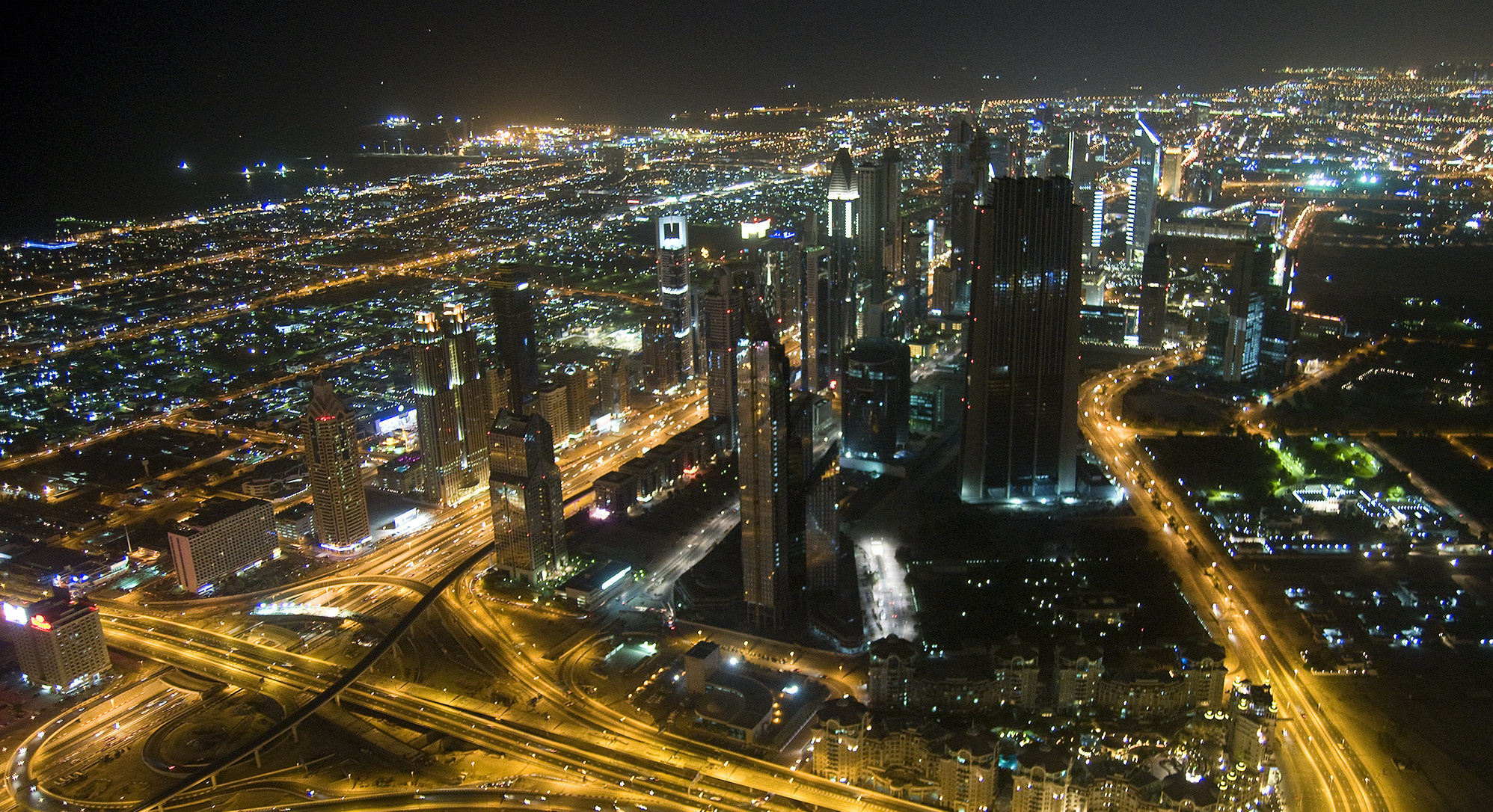On a recent stay in Dubai, I was bombarded by a very deceptive nicety, one that politely greets customers at every meal: “saha wa hana,” which roughly translates into “to good health and happiness.” It sounds pleasant and poetic—it rolls off the tongue—and it seems honest enough. However, a problem arises when this same phrase is used as an advertising tool by the variety of fast food chains that have become the bedrock of the Emirati diet.
The UAE took up globalization rapidly, and this newfound burden of affluence is the leading cause of a health calamity. As fast as foreign companies set up shop in the region, so too did Emirate natives also adopt the lifestyle of foreign calories. Gulf natives literally went from a diet consisting of dates and camel milk, to one of fries, soda and milk shakes.
Just to provide a taste of the prominence of fast food in the region, the famous Dubai mall has roughly eight dedicated burger joints. This seems reasonable considering it is the largest shopping mall in the world. It is important to note, however, that these are all situated in close proximity to each other. It makes one wonder if the goal is to convince the consumer to buy the burger from McDonald’s, the fries from Fat Burger and the shake from Shake Shack. This type of setup is enough to make a health conscious, yoga exercising Upper West Side mother cringe in fear.
Tongue in cheek aside, this phenomenon has dire consequences. The latest 2014 survey says that in the UAE “more than 66 percent of men and 60 percent of women in the UAE are overweight or obese,” meaning two out of every three people you meet in the UAE are at least overweight. This statistic is shocking, especially considering a lifestyle change can make a world of difference.
The extent of the problem, however, reaches much further. Obesity is strongly correlated with type II diabetes, which is why roughly 1 in 5 people in the UAE has developed this disease. Indeed, the UAE has the fifteenth highest prevalence of the disease in the world. This disease is mainly caused by the sedentary lifestyle people choose to adopt. Such a lifestyle has also accepted the fat-filled, carb-infested, calorie-laden Western diet which is easy and enjoyable to consume.
Worse yet, however, diabetes can cause other complications such as cardiovascular disease, kidney disease, nerve damage, and foot damage. The problems are endless, and it is strangely ironic that the same establishments that are driving this public health catastrophe continue to send customers on their way with the phrase “saha wa hana.”
Far from simply an individual problem, the deteriorating health of Emiratis is negatively affecting the country’s health economics. Being sick comes with a cost. It takes time, money, energy and resources to keep someone healthy, and even more to treat someone’s ailment. In the UAE, 40 percent of health care spending is already allocated for treatment of diabetes. Furthermore, UnitedHealth Group estimates that it will cost the UAE healthcare infrastructure $8.52 billion over the next decade to treat the surge of diabetics and pre-diabetics, whose numbers already reach over 2 million in a nation of just 9.4 million people. This means that it will cost $4,260 to treat each patient. The median income of Dubai is about $47,000 per capita, indicating that, on average, almost 10 percent of a person’s income will be spent treating a disease that is easily preventable through diet and exercise, especially when undertaken early on in life.
Medical expenditures for those with diabetes are on average 2.3 times higher than for those without the disease. Thus, the increasing numbers of diabetics will increase the insurance premium on everyone and will introduce a socio-economic cost that will hinder the development of other sectors. This is largely problematic for many reasons, but it will most acutely affect the UAE’s ambitious 2021 plan, which specifically outlines that the nation desires “a competitive economy driven by knowledgeable and innovative Emiratis.” It is difficult to be competitive when 31 percent of deaths in the UAE are caused by diabetes and its correlated cardiovascular diseases, and when diabetes is ending many lives up to 15 years prematurely.
 If the increasing rate of diabetes continues as is, there will be more diabetics in the UAE than the economic infrastructure can handle. The exponential rate of growth will not maintain its current level forever, but the fact that it has stayed this high for this long demonstrates a key point— diabetes is hindering the well being of the UAE. The reason is because not only are there direct costs— as mentioned above— but there are indirect costs that are infinitely more expensive. The average indirect per capita cost of diabetes is nearly 9 times higher than the per capita health expenditure. It can be said that 75 percent of diabetes costs comes from indirect means, such as early mortality, temporary disability, and permanent disability— all of which adds to the negative impact on the economic infrastructure.
If the increasing rate of diabetes continues as is, there will be more diabetics in the UAE than the economic infrastructure can handle. The exponential rate of growth will not maintain its current level forever, but the fact that it has stayed this high for this long demonstrates a key point— diabetes is hindering the well being of the UAE. The reason is because not only are there direct costs— as mentioned above— but there are indirect costs that are infinitely more expensive. The average indirect per capita cost of diabetes is nearly 9 times higher than the per capita health expenditure. It can be said that 75 percent of diabetes costs comes from indirect means, such as early mortality, temporary disability, and permanent disability— all of which adds to the negative impact on the economic infrastructure.
The UAE will never develop into an “ordinary” developed country if it does not address this serious issue. If many working-age Emiratis are too sick to be employed by the private sector, the government is responsible for giving them jobs and aid, and as the sick increase in number, it will be forced to pull in more revenue. Not only will this cause strain on national infrastructure, but it also means that the country will never be able to make a smooth transition to moving its workforce to the private sector. High paying jobs that demand an excess of human capital will continue to resort to bringing in expat workers to fill the gap. These foreigners, in turn, have a tendency to send their paychecks back to their home countries, leaving the UAE economy with a huge shortfall. To kickstart economic growth and ensure that Emiratis are effectively participating in the workforce, the UAE must solve this public health dilemma. “Saha wa hana” means nothing, and essentially functions as a tragic lie, without such a commitment.
